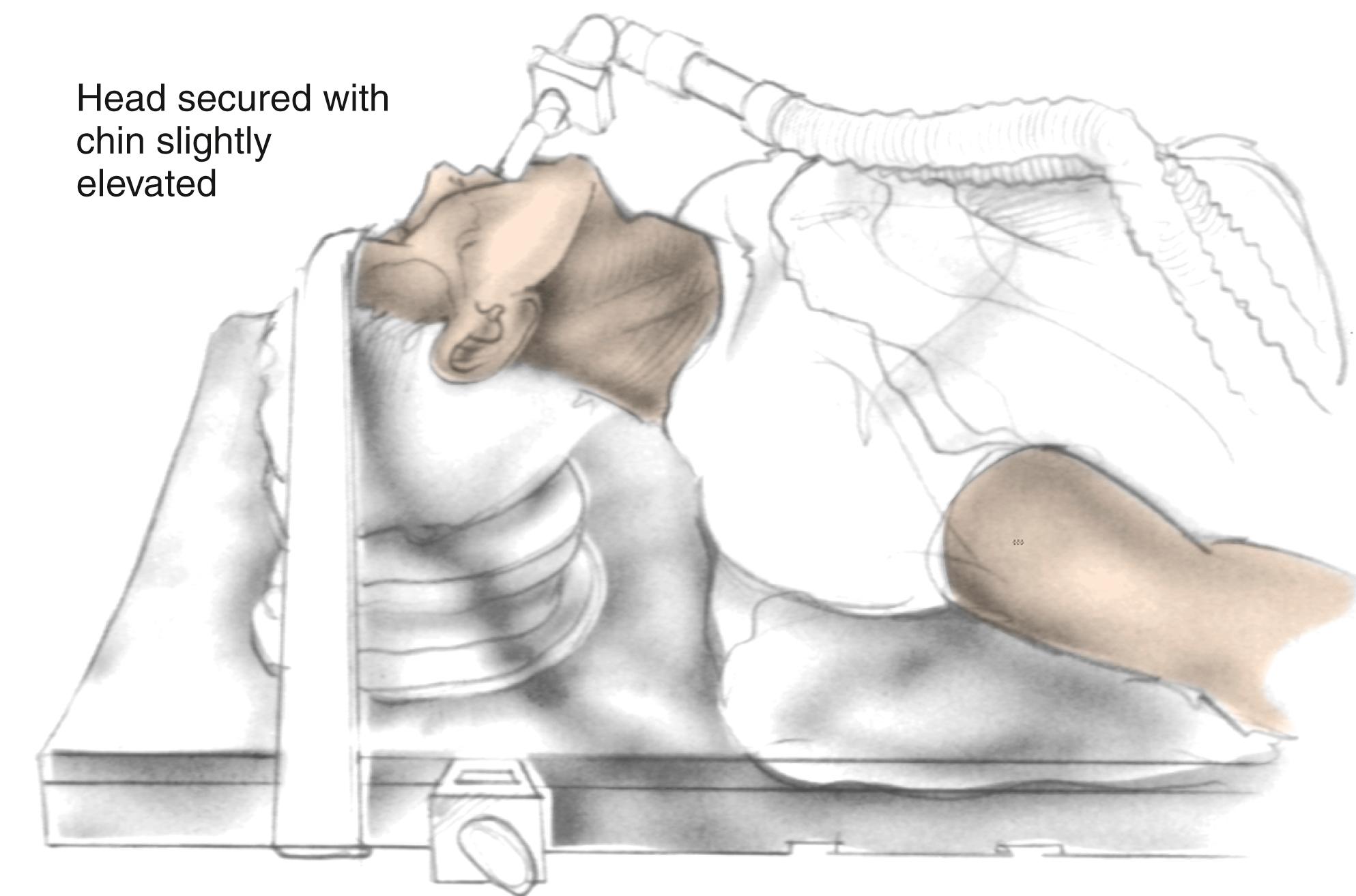Physical Address
304 North Cardinal St.
Dorchester Center, MA 02124
![]() Please access Videos to view the corresponding videos for this chapter.
Please access Videos to view the corresponding videos for this chapter.
Many otologic surgeons prefer placing connective tissue grafts medial to the tympanic membrane remnant. This graft placement can be accomplished through either a transcanal or postauricular approach. This chapter describes in detail the transcanal technique and discusses our rationale for favoring it.
In our experience, the transcanal approach and medial graft placement provide significant advantages, including the following:
The transcanal approach is more direct and quicker.
We believe it results in less surgical trauma and reduces the likelihood of healing problems, such as adhesions, narrowing, and stenosis of the ear canal.
It results in less postoperative discomfort for the patient.
We favor medial graft placement because of the reduced risk of tympanic membrane blunting and burying of the squamous epithelium beneath the graft.
Several basic requirements for the successful use of this approach are as follows:
The surgeon must be prepared to use ear instruments skillfully, with both hands, while working through a speculum. The technique that we advocate emphasizes the advantages of a speculum holder.
Very delicate ear instruments and suction tips are more likely to produce rapid and trouble-free healing compared with large, trauma-producing instruments.
The surgeon must be able to enlarge a narrow ear canal to provide adequate working space.
The surgeon must also have mastered the various techniques for controlling bleeding from the ear canal, which can otherwise impede the technique that we describe.
If the canal is of adequate size, this technique is suitable for any tympanic membrane perforation in which tympanoplasty is indicated, regardless of the size or location. If the canal is not large enough to accommodate a 5-mm or larger ear speculum, however, this procedure may not be technically feasible. The usual indications for closure of tympanic membrane perforations are to reduce the incidence of middle ear infections and to improve hearing. Not every perforation needs to be or should be closed, however. Each patient must be evaluated on the basis of what would be best for that individual. An elderly or debilitated patient with an asymptomatic perforation or a patient for whom the ear under evaluation is the only hearing ear is usually not a good surgical candidate. In the case of a young child who developed a perforation from a ventilation tube that was initially inserted because the child could not ventilate the ear, it would be unwise to repair the tympanic membrane until it is apparent that the eustachian tube function has significantly improved, to avoid the pathological process repeating itself.
There is no infallible test of tubal function, but it is reasonable to assume that if the patient can autoinflate by the Valsalva maneuver preoperatively, he or she would be able to ventilate the ear by this method, if necessary, postoperatively. Consequently, the patient is instructed in this procedure before surgery.
In transcanal tympanoplasty using the underlay technique, the grafting material may be any type of autogenous connective tissue, such as vein, fascia, or perichondrium. In 1957, Shea, using a vein, was the first to use the underlay grafting technique. Tabb, Austin and Shea, and others soon recognized the superiority of this method over onlay skin grafting and followed Shea’s lead. The use of the fascia as an underlay graft was first reported by Storrs. The tragal perichondrium was first used in tympanoplasty as an onlay graft by Goodhill et al.; this is the material we prefer. It is in the immediate surgical field, extremely durable, and very easy to handle when pressed. A vein also is easy to position and, if large enough (as from the antecubital fossa), can be used to repair perforations of any size. Our primary objection to the use of vein grafts is that in the event of a serious future illness, the large vein could be an important means of administering parenteral medications.
Temporalis fascia, its overlying areolar tissue, or even scar tissue from the vicinity of a previous postauricular incision can be used with the transcanal undersurface technique, but is not as easy to handle as vein or perichondrium. Pressing the fascia in a vein or fascia press makes it much more manageable by eliminating the tenacious loose strands and simultaneously preventing the stiffness that occurs with drying. We do not recommend pressing the vein for tympanoplasty (as performed in stapedectomy) because it results in excessive thinning. Instead, we trim away the adventitia and stretch the vessel between the blades of a pair of vein scissors before opening it.
Perioperative antibiotics are rarely used. The hair and skin surrounding the ear are cleansed with 70% alcohol. The hair is not shaved unless fascia is to be taken, but it is combed away from the ear and sprayed with liquid spray bandage. The head is secured with tape in a standard foam headrest in the position most conducive to good visibility for the surgeon; this usually involves tilting the head back and the chin up slightly ( Fig. 10.1 ). Thus, the surgeon, rather than a nursing assistant, should prepare and position the patient. The ear canal, auricle, and surrounding skin are cleansed with povidone-iodine scrub and painted with a povidone-iodine solution. The field is draped in a sterile manner.

Become a Clinical Tree membership for Full access and enjoy Unlimited articles
If you are a member. Log in here